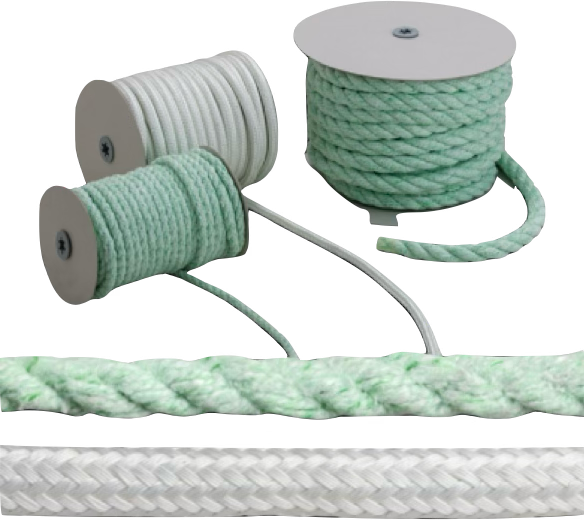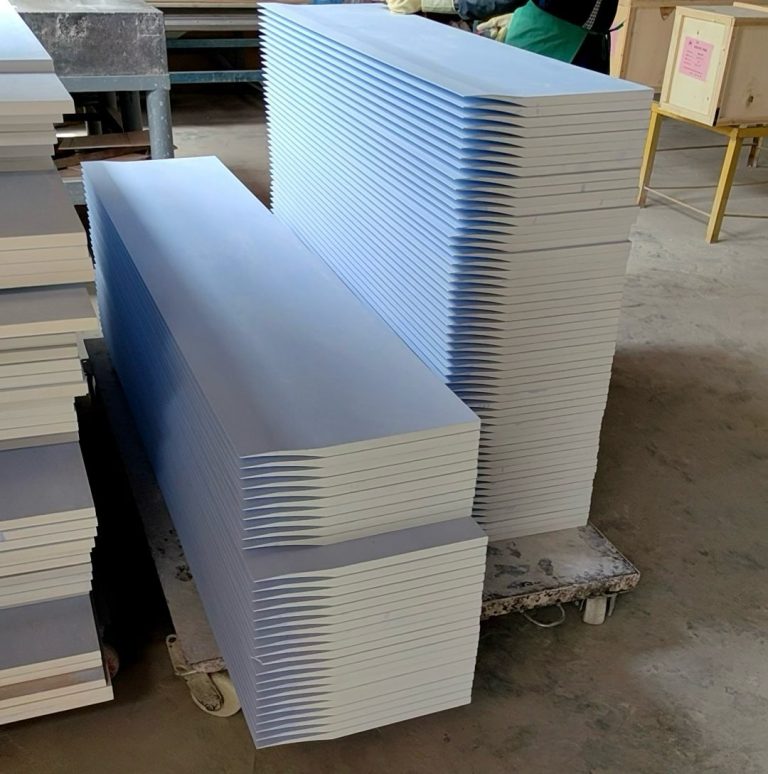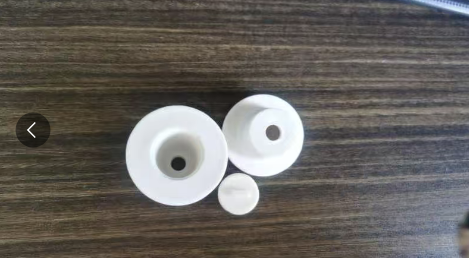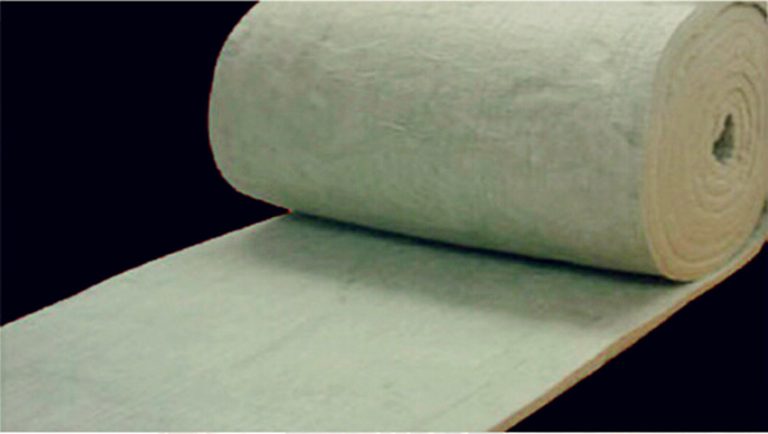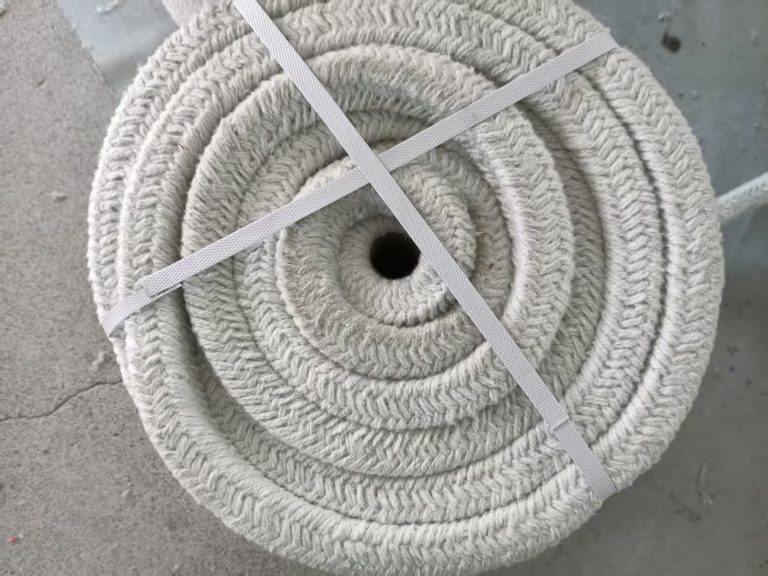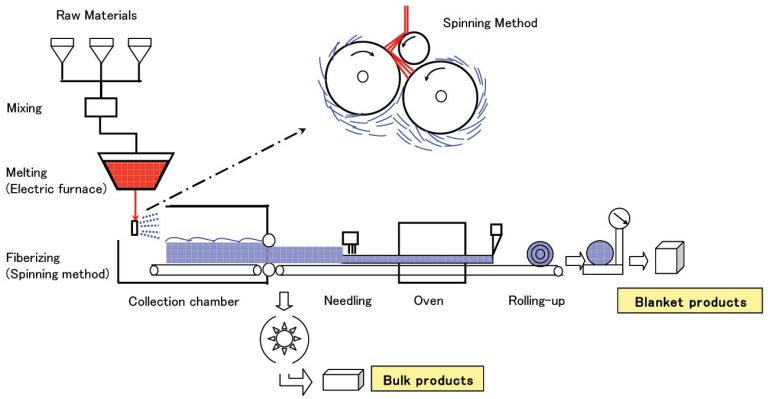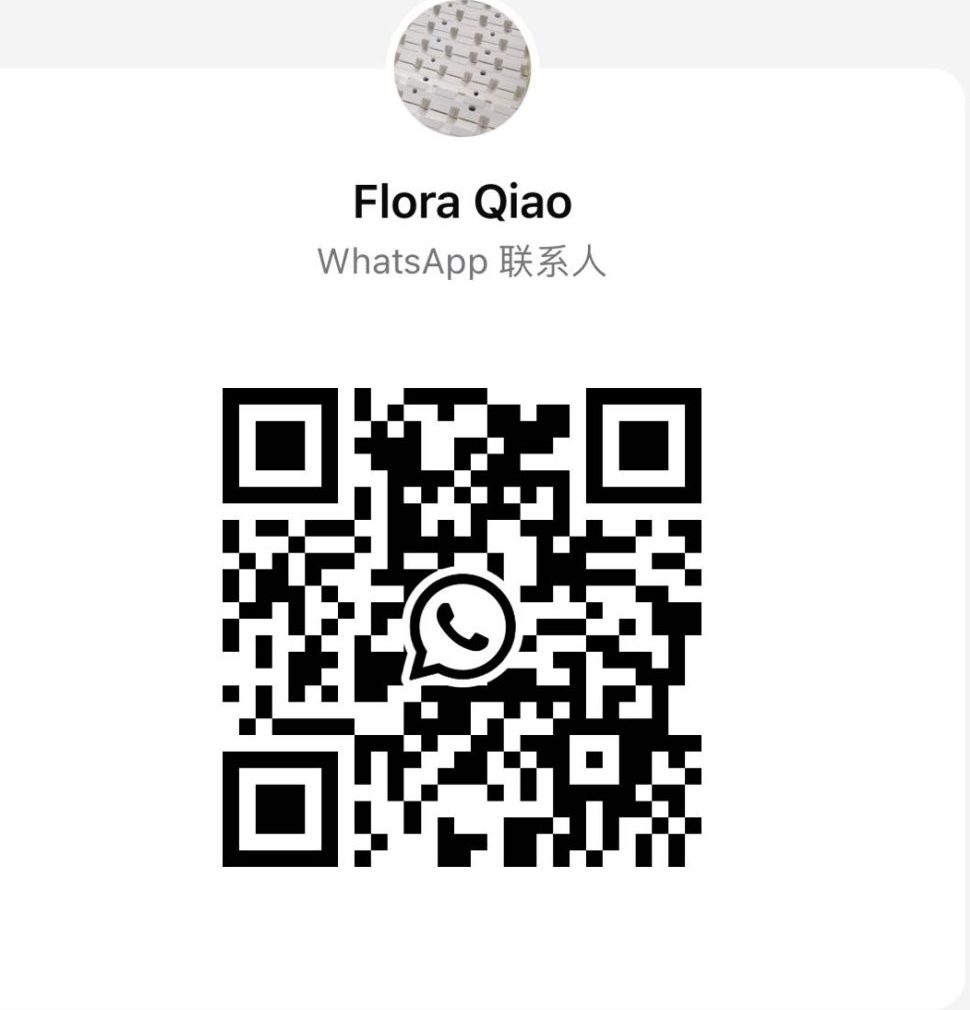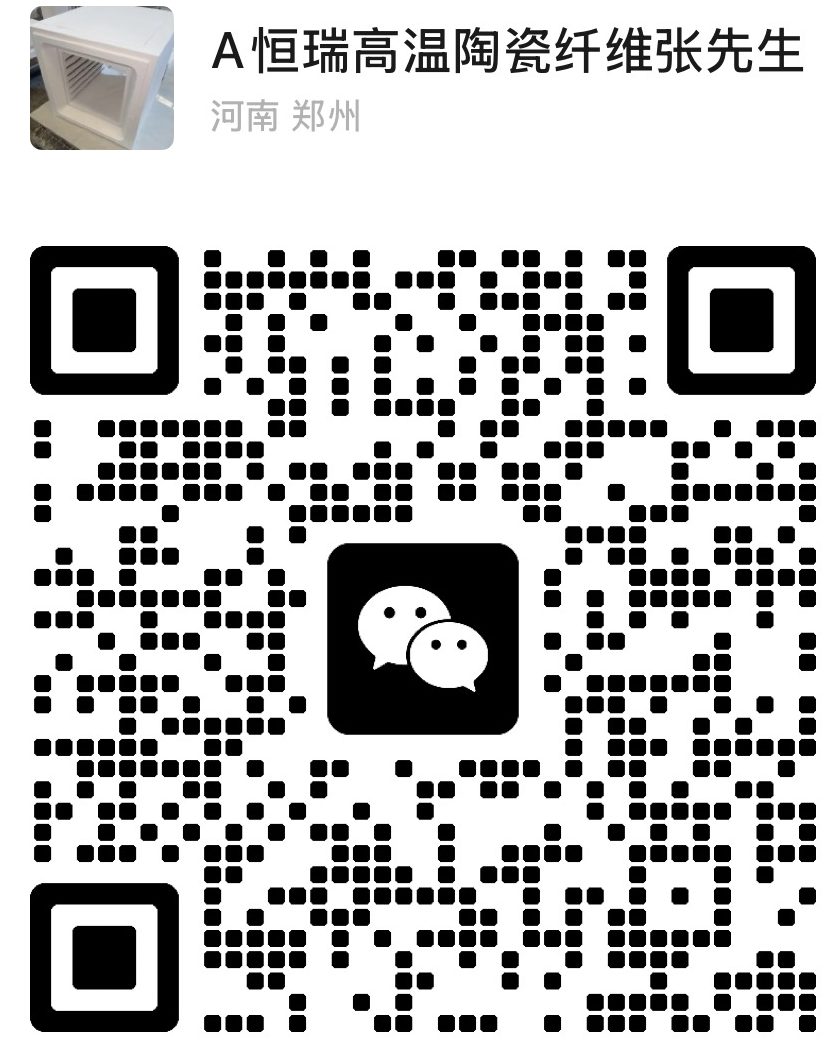
H1: High-Temperature Insulation Materials: Blown vs. Centrifugally Spun Ceramic Fibers
H2: What Are Ceramic Fiber Insulation Materials?
Ceramic fiber insulation materials, such as HERNGRUI RCF Series and PCW Series, are a type of ceramic fibers engineered to withstand extreme temperatures (600°C to 1600°C) in industrial applications like steelmaking, aerospace, and chemical processing. Using proprietary Al₂O₃-SiO₂ formulations, these materials deliver unmatched thermal resistance, corrosion protection, and energy savings.
H2: HERNGRUI RCF Series vs. PCW Series: Key Differences
H3: 1. HERNGRUI RCF Series (Blown Ceramic Fiber Wool)
- Best For: Cost-effective thermal insulation in dynamic environments (600–1400°C).
- Key Features:
✅ 3D Interlocking Fibers: Centrifugal spinning creates a flexible, low-density matrix (porosity >90%).
✅ Thermal Conductivity: 0.12 W/(m·K) at 800°C for furnace linings, pipe insulation, and kiln doors.
✅ Safety Compliance: ISO 9229-certified, non-carcinogenic fibers (diameter >3.5 µm).
H3: 2. HERNGRUI PCW Series (Centrifugally Spun Ceramic Fiber)
- Best For: Ultra-high-temperature applications (1250–1600°C) with chemical/mechanical stress.
- Key Features:
✅ Sol-Gel Al₂O₃ Crystals: 72–99% purity with mullite-phase stability for zero thermal aging.
✅ Corrosion Resistance: Withstands HF vapor, molten metals, and alkali slags in semiconductor/CVD processes.
✅ EU CLP Certified: R0 classification (non-hazardous), ideal for nuclear/cleanroom environments.
H2: Why Choose HERNGRUI High-Temperature Insulation?
H3: Industry-Leading Performance
- Longevity: PCW Series achieves <1.5% shrinkage at 1300°C (ASTM C1559), 40% stronger tensile strength than standard fibers.
- Energy Savings: RCF Series reduces heat loss by 30% in steel ladles and glass tempering furnaces.
H3: Global Certifications & Safety
- ISO 9229 / EU CLP: Safe handling and installation with minimized airborne particulates.
- Nuclear-Grade Purity: PCW meets ASTM C892 for aerospace and hydrogen reformer applications.
H2: How to Select the Right Ceramic Fiber Insulation
H3: For Moderate Heat & Budget Efficiency (RCF Series)
- Applications: Backup linings, modular blankets, and fireproof sealing.
- Benefits: 30% faster installation, 20% lower energy costs vs. traditional refractories.
H3: For Extreme Conditions (PCW Series)
- Applications: Titanium sintering furnaces, rocket engine test rigs, and corrosive chemical reactors.
- Benefits: 10+ year lifespan with zero maintenance under continuous thermal cycling.
H2: FAQs About Ceramic Fiber Insulation
H3: Q: Are ceramic fibers safe for high-temperature applications?
A: Yes! HERNGRUI fibers are ISO/CLP-certified, with controlled bio-persistency and diameters >3.5 µm to meet OSHA/NIOSH safety standards.
H3: Q: What’s the lifespan of HERNGRUI insulation materials?
A: PCW Series lasts 8–12 years in continuous 1400°C environments, while RCF provides 5–7 years in intermittent heat cycles.
H3: Q: How do blown and centrifugally spun fibers differ?
A: Blown fibers (RCF) are shorter/curled for flexibility; centrifugally spun fibers (PCW) are longer/straighter for higher strength and thermal stability.
H2: Boost Your Industrial Efficiency Today!
✅ Free Technical Consultation: Get a personalized insulation audit for your furnace, reactor, or piping system.
✅ Sample Testing: Request a FREE HERNGRUI vs. Competitor performance report (includes TGA-DSC thermal analysis).
✅ Global Shipping: 48-hour emergency support for critical thermal management failures.
CTA Button: 📞 Claim Your Free High-Temperature Insulation Guide Now!

